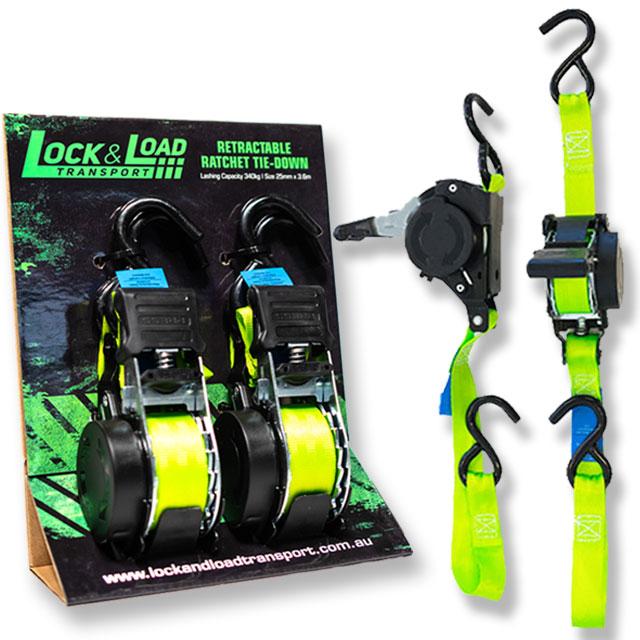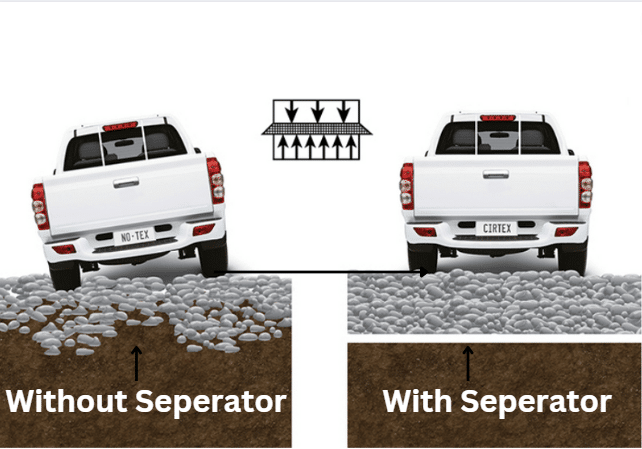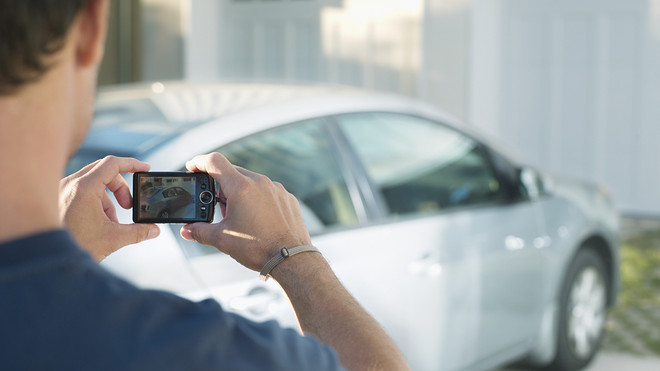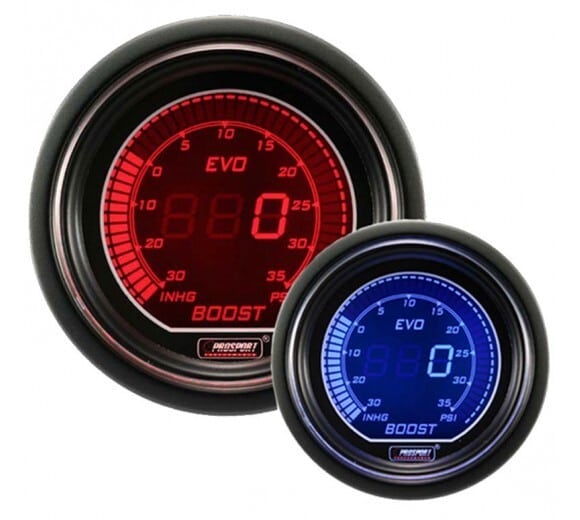Transportation with massive cargo in the truck can be hazardous if it is not tightly tied down. Although a decent bungee cord or rope will do the job, proper heavy-duty restraints are the safest option for ultimate protection. Retractable ratchet straps come in various strengths and measurements, so here's the guide to what users need to know to choose the best fit.
There seem to be trucks loaded with a lawnmower, ferries, bikes waiting to be transported, and maybe even a truck bed full of compost, food scraps, and concrete blocks. However, doing so in a dangerous manner would only result in discomfort and hazards. That is why people must gain knowledge on how to use a ratchet harness!
A ratchet strap is a device used to strap down or tighten a specific load to a tractor, truck bed, or vehicle. When used correctly, it is a quick and easy-to-use product that improves your cargo's protection exponentially.
Benefits of Ratchet straps:
- Securing heavy loads: Ratchet belts, rather than anything else, encourage you to support heavier loads than traditional bungee cords. Heavy-duty ratchet belts are the perfect option for experienced truck drivers and loaders who need to carry big, bulky loads over long distances without worrying about hazards, road safety and protection.
- Tying up edgy and unshapely items: Motorcycles, small boats, golf carts, agricultural equipment, and other things you're likely to carry will make efficient tying down challenging. Ratchet straps with end loops have the added benefit of attaching immediately to portions of the object or loop around various surfaces for greater flexibility. Multiple belts may also be used together to carry all the things for long distances.
The most critical consideration for the healthy use of a ratchet strap is its capacity. If people haul loads that are heavier than the strap's ability, they will risk snapping the strap and destroying the package or its surrounding environment. Every strap has a functional capability that depicts the safest range of usage and a break limit that reflects the strap's critical limit. It is best to optimise these capacities as much as possible with additional weight.
The maximum lifespan of a strap has a very significant impact on the distance it will cover. Unless people choose to carry big objects or have long stretches between the object and tie-down sites, length is usually not a problem. Many ratchet belts are between 10 and 20 feet long.
How to use ratchet straps:
Depending on what people are trailering, they may need to use several ratchet straps to keep it from moving. A ferry, for example, will need at least two ratchet straps near the boat's engine, while a large riding mower will demand four retractable ratchet straps, one for each wheel hub.
Try using two ratchet straps and anchoring them in an "X" structure when you have a light load that really can fit in the centre of the truck's bed or when using just a tarp to hold bulk goods tight.
Grip the handle firmly and loosen the mechanism. Squeeze the release when forcing the handle down further towards the ratchet strap's axle. Since there is likely some friction, it can jostle as people entirely loosen the ratchet strap's stress. After that, hold the handle open and pull the remainder from the axle.
Trying to work with ratchet belts is risky. The ratchet strap would be under a tremendous burden when appropriately installed, and tattered, torn, or poorly secured ratchet straps may break.




